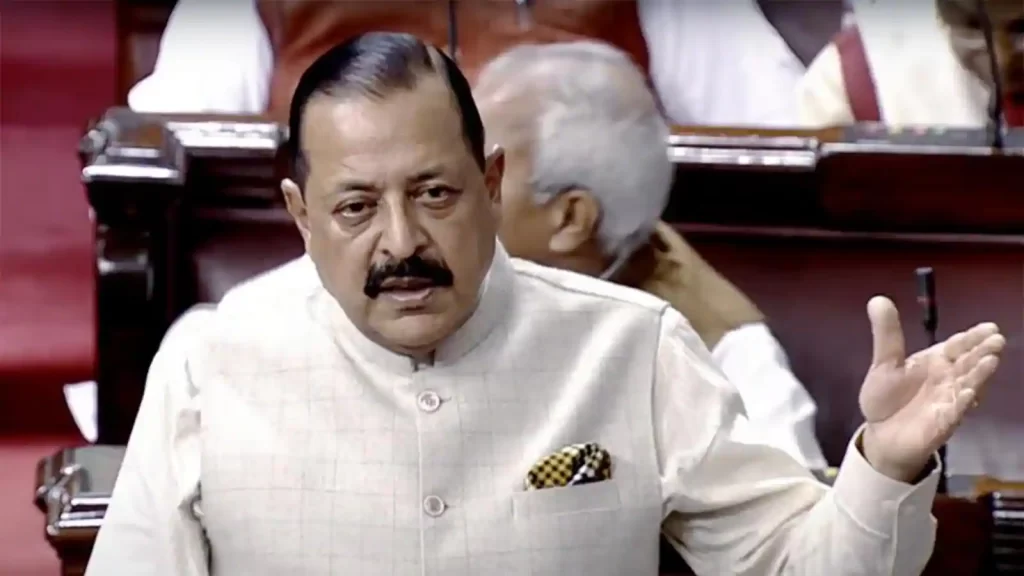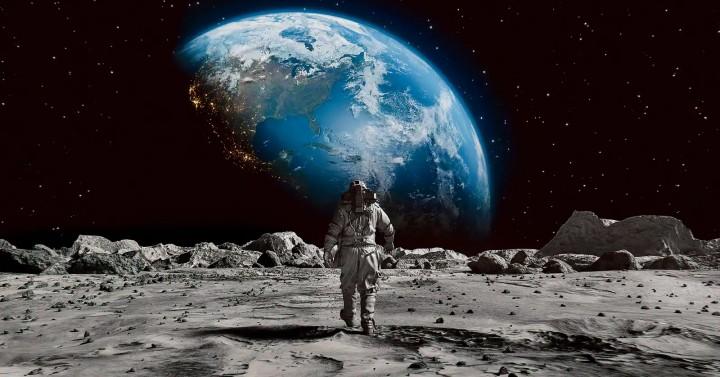Gaganyaan, India’s first human space flight, is set to launch in 2024, the Union government announced in parliament on Wednesday. In response to a question in the Lok Sabha, Minister Jitendra Singh stated that the unmanned “G1 mission” will launch in the fourth quarter of 2023, the second unmanned “G2 mission” will launch in the second quarter of 2024, and the final human space flight “H1 mission” will launch in the fourth quarter of 2024.
In a written reply to a question in the Lok Sabha on Wednesday, Jitendra Singh, minister of state (independent charge) of science and technology, atomic energy and space , said the crewed Gaganyaan mission—H1 mission—is being targeted to be launched in the fourth quarter of 2024.

“In view of the paramount importance of crew safety, two test vehicle missions are planned before the “H1″ mission to demonstrate the performance of the crew escape system and parachute-based deceleration system for different flight conditions,” Singh’s reply read.
According to the Minister, the astronauts designated for human space flight missions have been identified and are currently undergoing mission-specific training in Bengaluru. The first semester of astronaut training has concluded, with course modules on theoretical basics, space medicine, launch vehicles, spacecraft systems, and ground support infrastructure completed. Crew training also includes regular physical fitness sessions, aeromedical training, and flying practice. Evaluation and assessment activities have also been completed. Crew training is currently in its second semester.

If India had a crew from their country lead the mission, it would place India at the forefront of this competition, which would have a significant impact on how the global geopolitical landscape is shifting. In addition to the Polar Satellite Launch Vehicle (PSLV), which meets the global demand for low-Earth orbit satellites, India has completed low-cost trips to the moon and Mars. As of November 26, 2022, there have been 86 launches, with 68 successful launches, 5 partial successes, and 10 unsuccessful launches.


